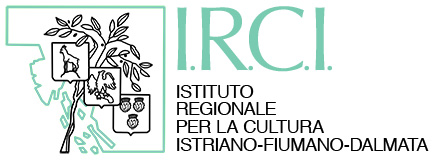

This section
develops many different topics of great interest to I.R.C.I. such as the
different aspects of the exodus that forced many people to abandon their
hometowns under nationalistic pressure; the historical document written by the
Italo-Slovene Commission, which is absolutely unreliable, because full of
omissions, one-sided and misleading; the ethnic cleansing carried out against
the Italian population after 1945, charged of fascism even in these
territories; the traditional male and female clothing; the preservation and
support of cemetery monuments in the Istrian-Fiuman-Dalmatian area; advertising
campaigns and the artists that created them; the local trade businesses of the
time.
I.R.C.I. has always used an anthropological approach
in the rediscovery of every aspect of the Istrian heritage, including music,
literature, dialectology,
folklore, sport, nature, arts and crafts. Each of these elements is given the
deserved attention and interest, thus contributing to the survival of the
Istrian culture and its people.
A
population forced to abandon their native land, scattered across all
continents, victims of a cruel fate.
Those who were born in 1945 (already in 1943 in Dalmatia) were exiled children, exiled people for the rest of their lives, also today, if they are still alive.
ReadOn 4 April 2001 the local newspaper of Trieste “IL PICCOLO” published the “official document” issued by the joint committee of history experts with headquarters in Rome and Ljubljana. The committee worked for ten years on a study of the Italo-Slovene relations between 1880 and 1956.
ReadThe fight against fascism in Venezia Giulia had a completely different development compared to the rest of Italy.
ReadAfter this general review of the Istrian folk clothing, I will now examine the single garments and accessories, both for men and women, belonging to the Italian, Croatian and Slovenian tradition. I will also analyze the specific case represented by the village of Peroi.
ReadIn the Julian area advertising develops in 1893-94 through Giuseppe Sigon’s work and the contribution of the Modiano company from Trieste.
Read